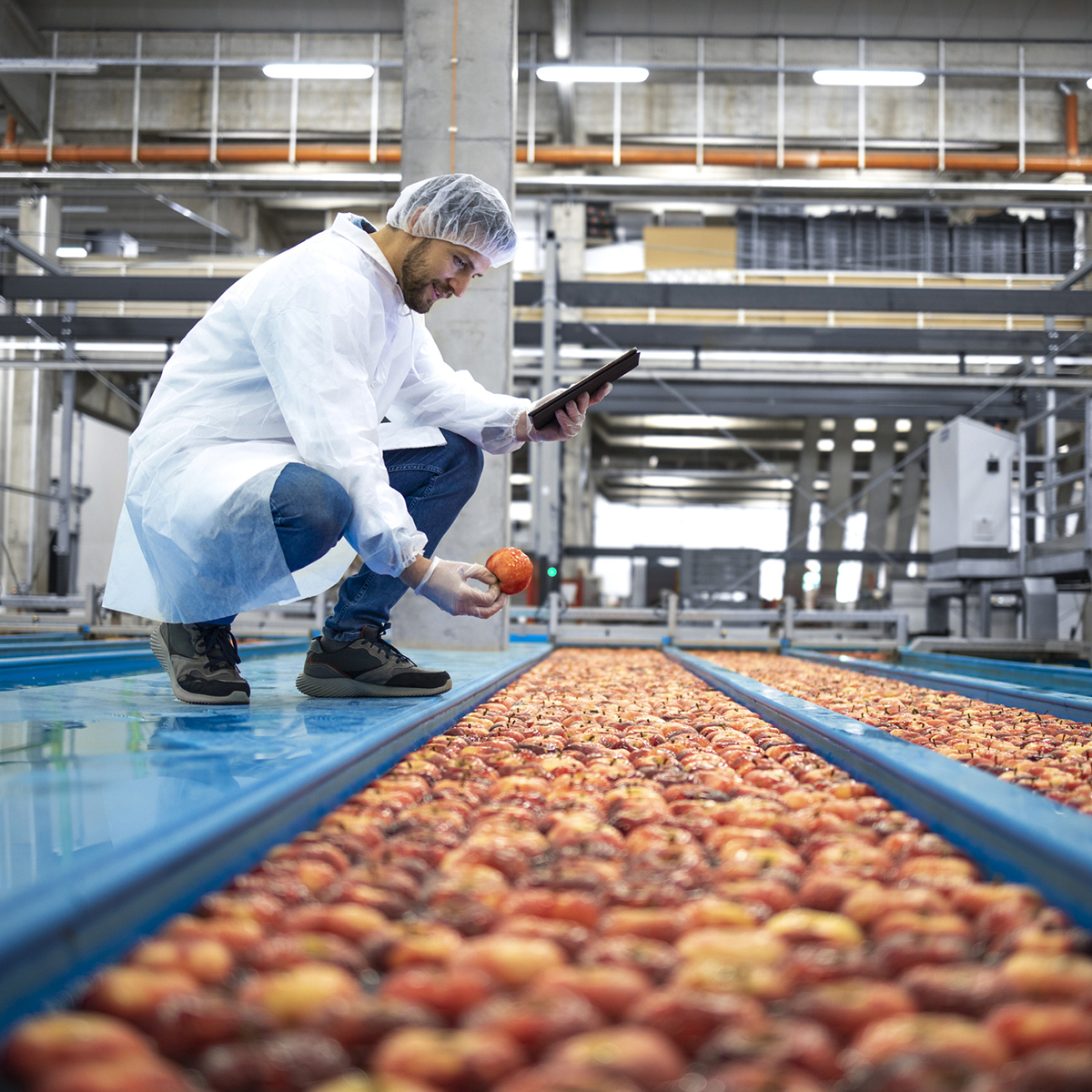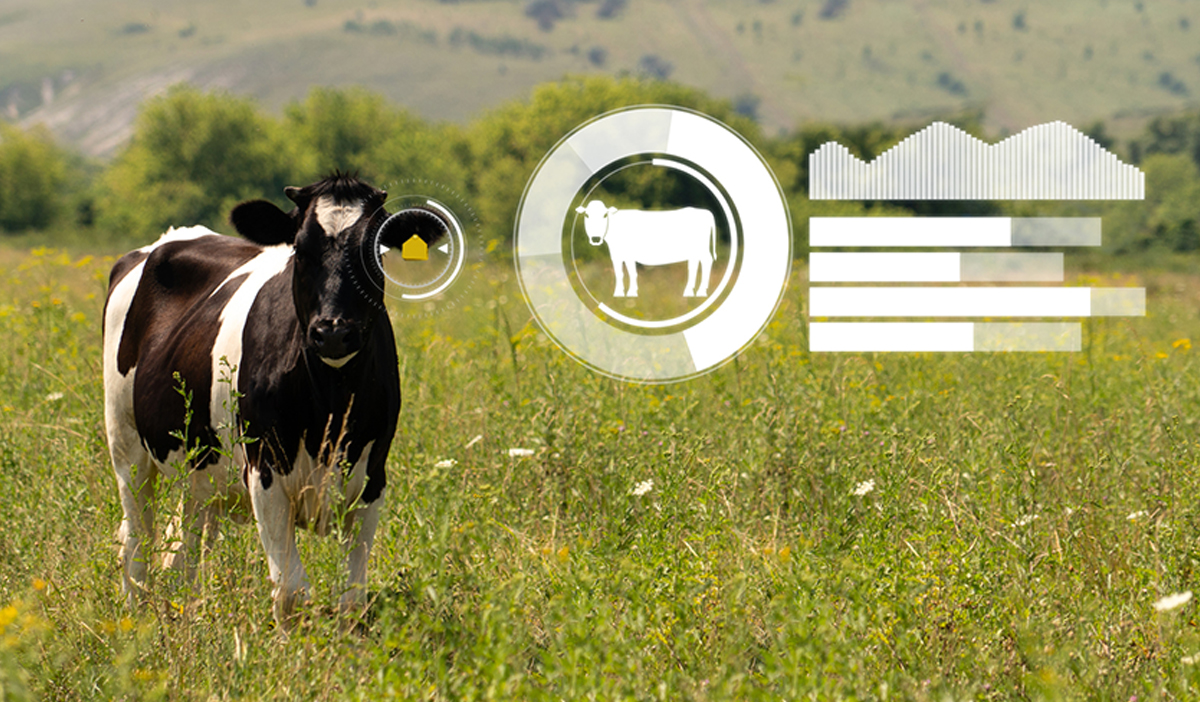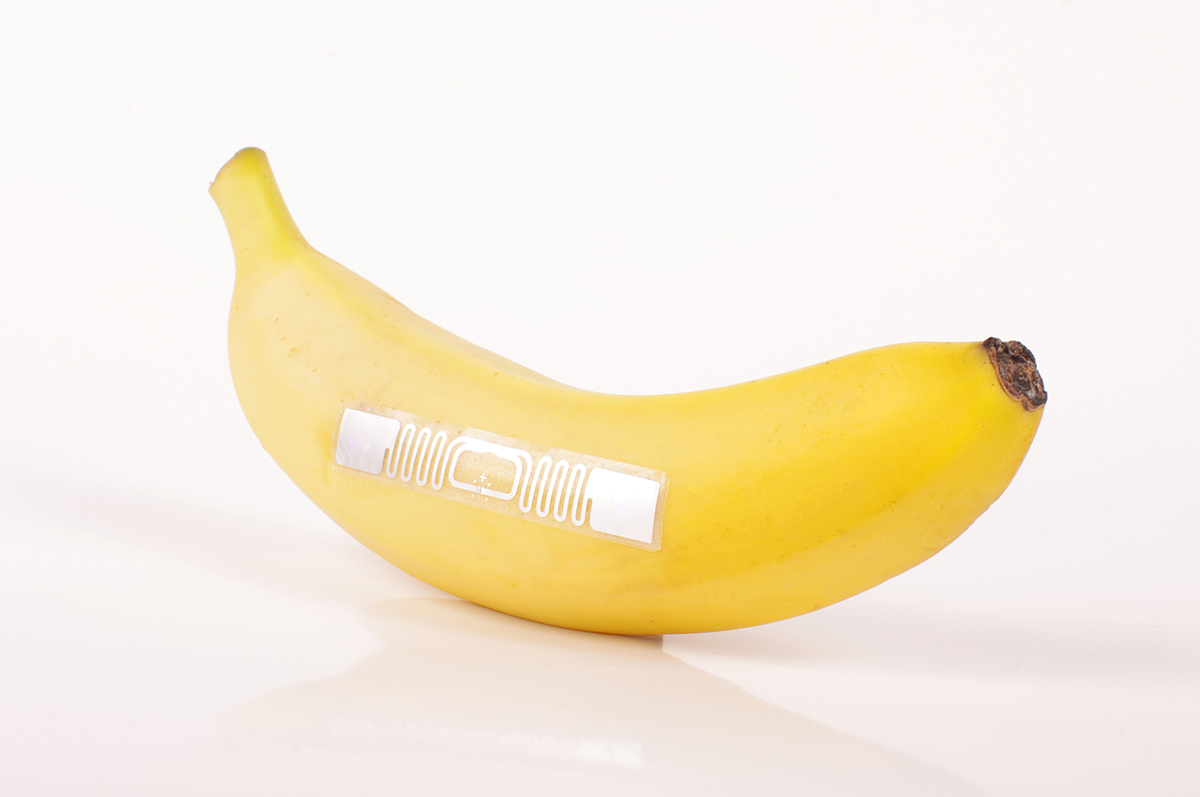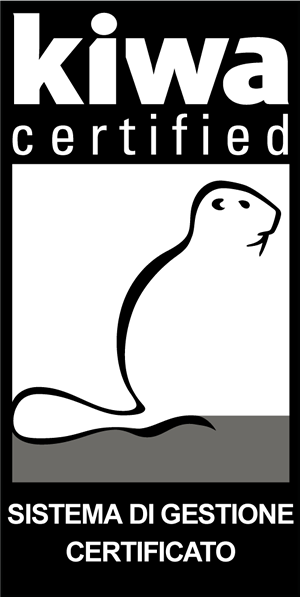IoT (acronym for Internet of Things) is a set of technologies making it possible to “give a digital voice to objects”.
Thanks to innovative solutions, objects and devices are able to “speak”, and thus able to generate and share data.
To make objects and devices “smart”, it is necessary to use a set of sensors able to register and store data, and communicate with each other in an interconnected network. All this in real time, by breaking down distances.
This is a global phenomenon characterised by increasing use of these technologies worldwide, with strong expansion recorded in a diverse range of sectors. Investments in IoT technology, for example, grew by more than 80% between 2015 and 2018.
Even in Italy, investments in IoT are a growing trend, recording a 32% increase in terms of market value from 2016 to 2017 (Obs. Polytechnic of Milan).
The sectors involved in this digital revolution are highly diverse, ranging from smart metering (suffice it to think of smart gas meters) to smart cars.
But even the food sector is involved in this phenomenon of transformation, an innovative wave that facilitates processes and allows accurate and complete traceability.



